생물다양성 개요
신안의 생물 다양성은 지정학적 위치와 넓은 바다, 많은 섬과 갯벌 등 다양한 서식지를 바탕으로 합니다.
우선 외해의 섬에는 훼손되지 않은 숲과 초지가 있습니다.
홍도, 흑산도, 가거도를 중심으로 한 핵심구역의 주요 육상식생은 식물구계지리학상 난온대림에 속하며 훼손되지 않은 원시림을 간직하고 있습니다.
홍도는 구실잣밤나무가 우점하고, 가거도 역시 까마귀쪽나무, 후박나무 등 활엽수림이 발달하였습니다.
장도산지습지, 흑산 배낭기미습지, 증도 갯벌 등 습지는 동식물들의 주요한 서식지로 특히 도요물떼새를 포함함 철새들의 중간기착지 역할을 합니다.
구굴도, 칠발도의 밀사초 초지 군락은 바다새들의 중요한 집단번식지이며 우이도 풍성사구에는 다양한 사구 식물들이 관찰됩니다.
신안군에서 관찰된 생물종은 식물 1,353종, 포유류 15종, 조류 379종, 양서파충류 12종, 어류 95종, 저서무척추동물 536종, 연체동물 200종이 관찰되었습니다.
특히 조류는 넓적부리도요 등 21종의 국제적 보호종을 포함하여 총 62종의 국내외 보호종이 관찰되었습니다. 많은 섬과 바다조사가 아직 이루어지지 않아, 앞으로 더욱 종수가 증가할 것으로 생각됩니다.
우선 외해의 섬에는 훼손되지 않은 숲과 초지가 있습니다.
홍도, 흑산도, 가거도를 중심으로 한 핵심구역의 주요 육상식생은 식물구계지리학상 난온대림에 속하며 훼손되지 않은 원시림을 간직하고 있습니다.
홍도는 구실잣밤나무가 우점하고, 가거도 역시 까마귀쪽나무, 후박나무 등 활엽수림이 발달하였습니다.
장도산지습지, 흑산 배낭기미습지, 증도 갯벌 등 습지는 동식물들의 주요한 서식지로 특히 도요물떼새를 포함함 철새들의 중간기착지 역할을 합니다.
구굴도, 칠발도의 밀사초 초지 군락은 바다새들의 중요한 집단번식지이며 우이도 풍성사구에는 다양한 사구 식물들이 관찰됩니다.
신안군에서 관찰된 생물종은 식물 1,353종, 포유류 15종, 조류 379종, 양서파충류 12종, 어류 95종, 저서무척추동물 536종, 연체동물 200종이 관찰되었습니다.
특히 조류는 넓적부리도요 등 21종의 국제적 보호종을 포함하여 총 62종의 국내외 보호종이 관찰되었습니다. 많은 섬과 바다조사가 아직 이루어지지 않아, 앞으로 더욱 종수가 증가할 것으로 생각됩니다.
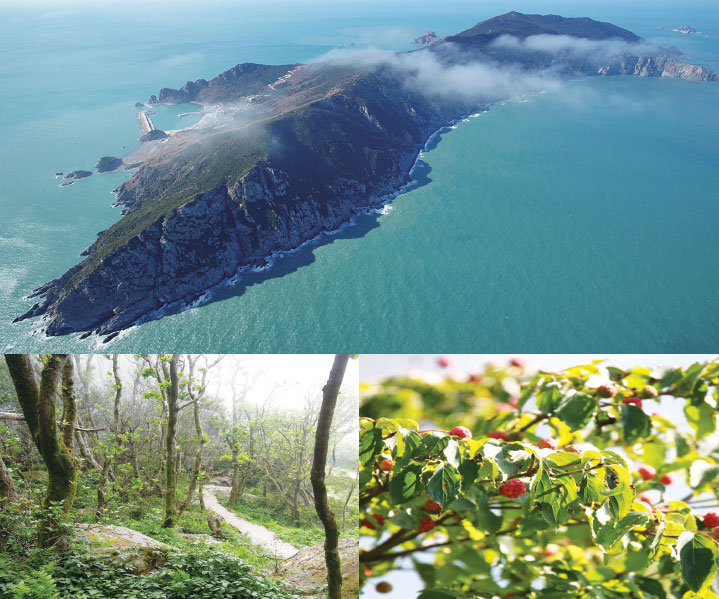 훼손되지 않은 원시림, 산지습지는 앞으로 보전되어야 될 아주 중요한 곳이다.[가거도, 흑산도 습지외]
훼손되지 않은 원시림, 산지습지는 앞으로 보전되어야 될 아주 중요한 곳이다.[가거도, 흑산도 습지외]종별현황
신안의 섬들은 철새들의 주요 중간기착지이자 바닷새들의 집단번식지 역할을 합니다.
흑산도, 홍도 가거도와 같이 먼 바다의 섬들은 봄, 가을 이동시기에 다양한 철새들이 통화하며 380여종의 조류가 관찰되었습니다.
또한 칠발도, 구굴도, 개린도는 바닷새의 주요번식지역으로 구굴도는 5만여 쌍 이상의 바다제비와 국제적인 멸종위기종인 뿔쇠오리가 번식합니다.
흑산도, 홍도 가거도와 같이 먼 바다의 섬들은 봄, 가을 이동시기에 다양한 철새들이 통화하며 380여종의 조류가 관찰되었습니다.
또한 칠발도, 구굴도, 개린도는 바닷새의 주요번식지역으로 구굴도는 5만여 쌍 이상의 바다제비와 국제적인 멸종위기종인 뿔쇠오리가 번식합니다.
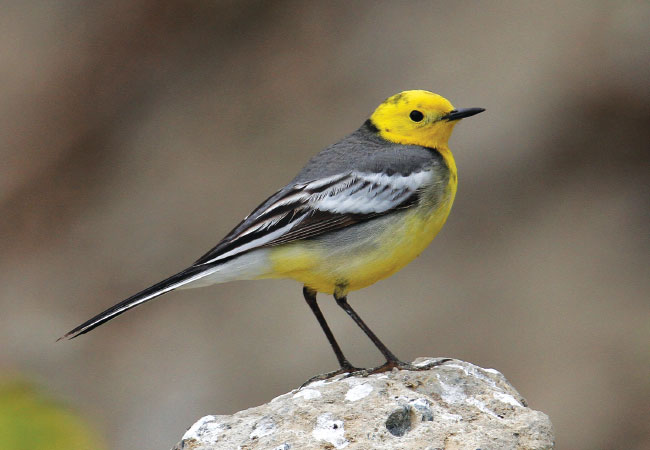 노랑머리할미새
노랑머리할미새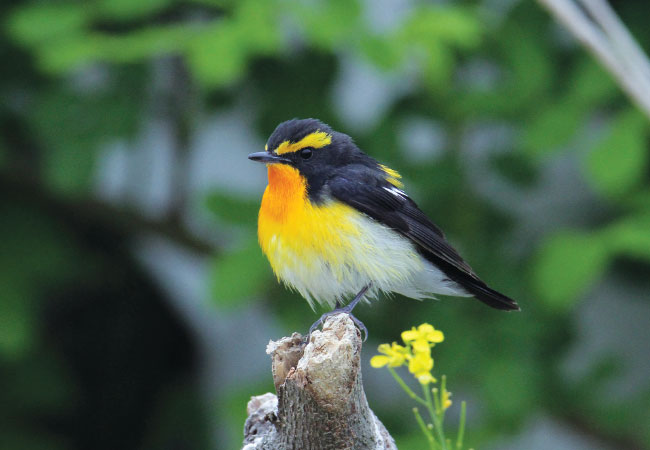 황금새
황금새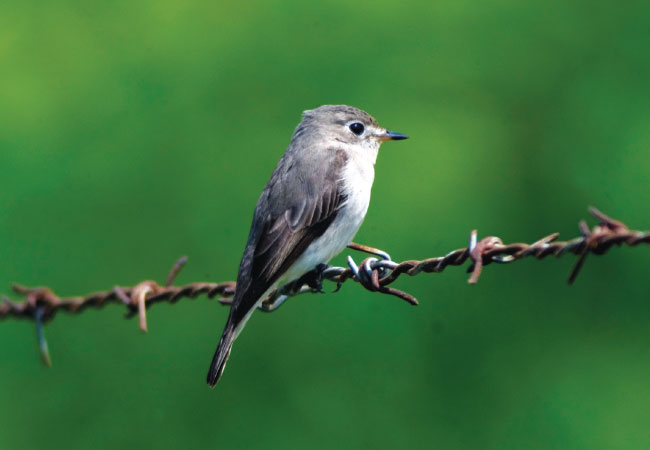 쇠솔딱새
쇠솔딱새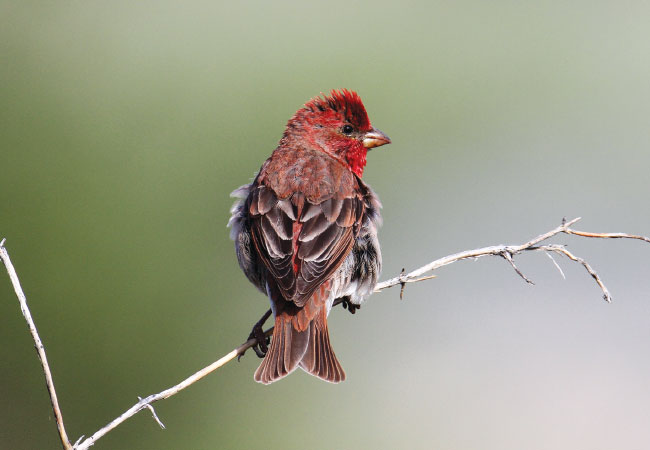 붉은양진이
붉은양진이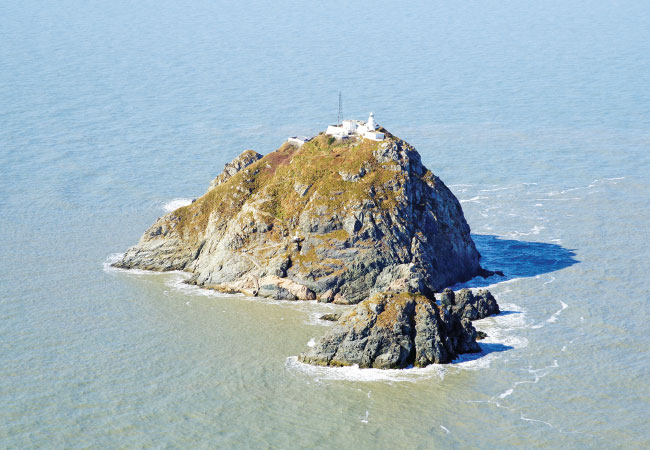 칠발도
칠발도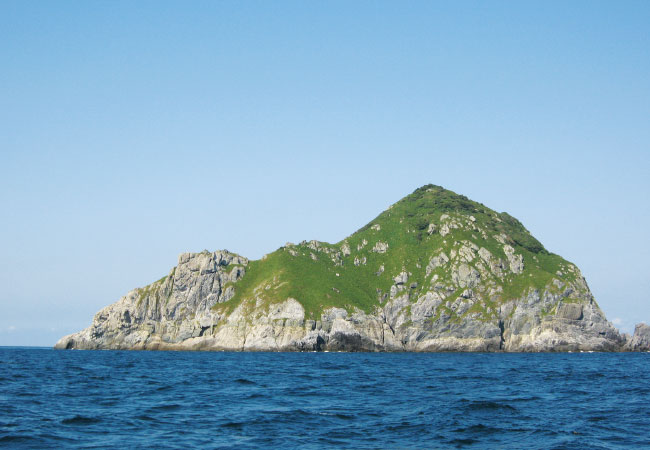 구굴도
구굴도
바닷새의 주요번식지역으로 다양한 철새들이 관찰되고 있으며, 멸종위기종이 번식하고 있다.





